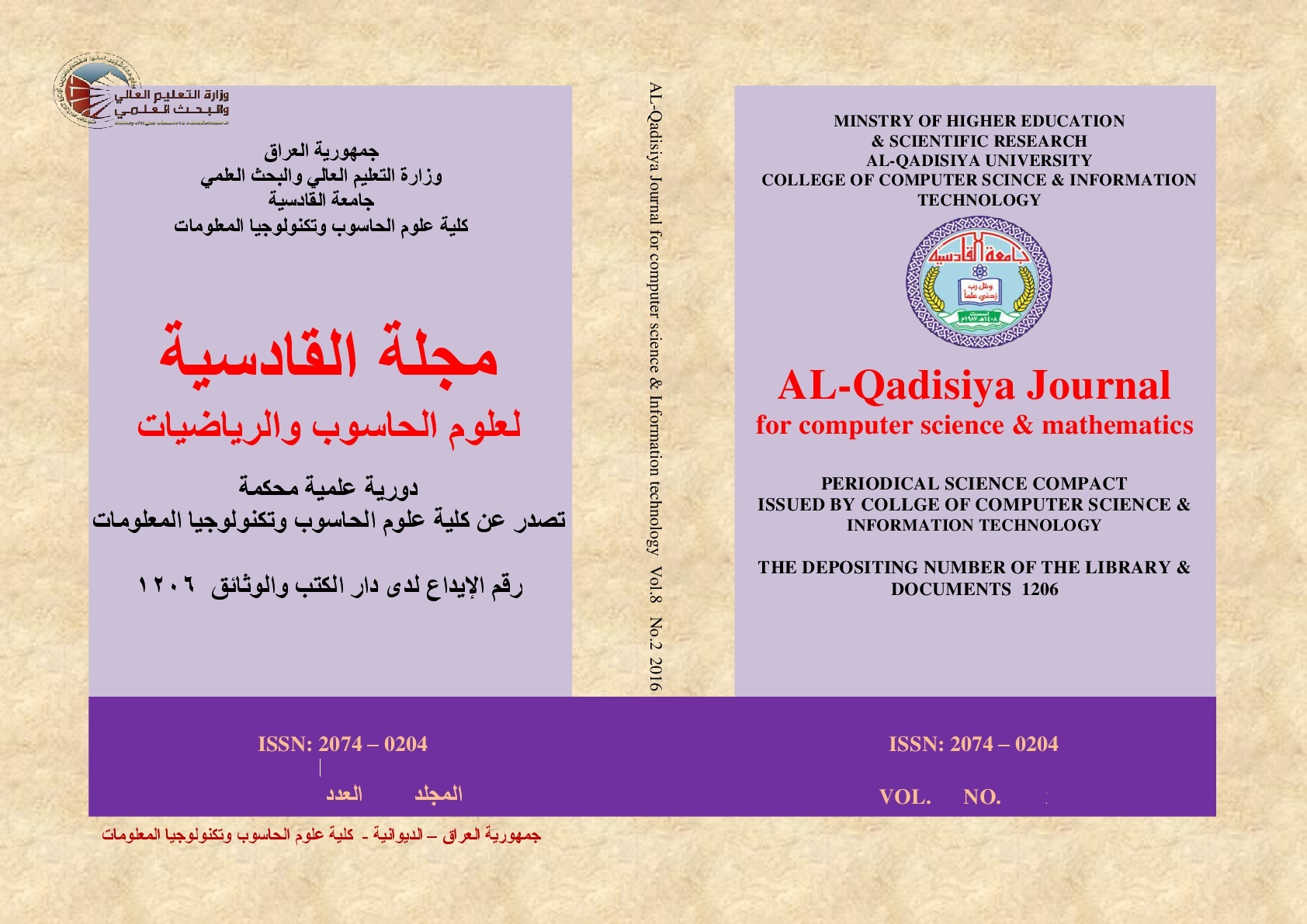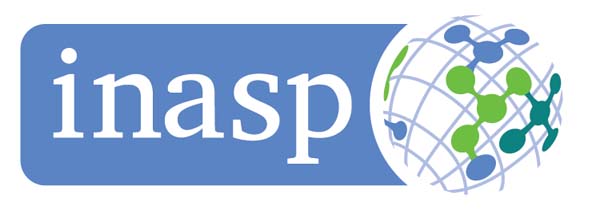Deep Learning Based Recognition of Arabic Alphabet Sign Language ArASL: A Study with EfficientNetB3
DOI:
https://doi.org/10.29304/jqcsm.2025.17.11971Keywords:
Arabic Alphabet, Sign language Recognition, ArSL, EfficientNetB3, Deep Neural Networks, Transfer learningAbstract
Sign language is a critical communication approach for the community of people with hearing and speech impairments . Humans need to be able to communicate. People who are unable to communicate verbally like the rest of humanity typically utilize sign language .The primary characteristics of signs in sign language are hand form, placement, movement, orientation, and non-manual elements. These people are facing significant obstacles in their lives, such as severe depression and unemployment as a result of these restrictions or impairments. Among the communication services they utilize is a sign language interpreter. However, the cost of hiring these interpreters makes a low-cost option necessary. As a result, society now urgently needs automatic sign language translation. The construction of image-based Arabic sign language (ArSL) identification systems has improved due to the accessibility and extensive usage of digital cameras on mobile phones. and represent an opportunity for people with hearing disabilities to participate more in their communities. Their quality of life would be significantly impacted by the creation and deployment of a new system for the recognition of (ArSL). Consequently, a method was developed to translate the visual hand data set from Arabic sign language to written data. The objective of this work is to use the EfficientNetB3 deep learning model to achieve state-of-the-art performance in the classification of Arabic Alphabet Sign Language. The suggested method achieves an impressive test accuracy of 99.84% by utilizing transfer learning, data augmentation techniques, and a well selected dataset. The outcomes show how the model can be used in practical settings for things like real-time sign language interpreters and educational resources.
Downloads
References
M. Mustafa, ''A study on Arabic sign language recognition for differently abled using advanced machine learning classifiers'', J. of Ambient Intelligence and Humanized Computing 12, 4101–4115, Mar. 2020.
Mirdehghan, M. Persian, Urdu, and Pashto: A comparative orthographic analysis. Writ. Syst. Res. 2010, 2, 9–23.
El-Bendary, N.; Zawbaa, H.M.; Daoud, M.S.; Hassanien, A.E.; Nakamatsu, K. ArSLAT: Arabic Sign Language Alphabets Translator. In Proceedings of the 2010 International Conference on Computer Information Systems and Industrial Management Applications (CISIM), Krakow, Poland, 8–10 October 2010; pp. 590–595.
Adam R. 2015. Standardization of Sign Languages. Sign Language Studies 15:432–445. DOI: 10.1353/sls.2015.0015.
Alawwad, Rahaf Abdulaziz, Ouiem Bchir, and Mohamed Maher Ben Ismail. "Arabic sign language recognition using Faster R-CNN." International Journal of Advanced Computer Science and Applications 12, no. 3 (2021).
Zhuang, Fuzhen, Zhiyuan Qi, Keyu Duan, Dongbo Xi, Yongchun Zhu, Hengshu Zhu, Hui Xiong, and Qing He. "A comprehensive survey on transfer learning." Proceedings of the IEEE 109, no. 1 (2020): 43-76.
Abdullahi, Sunusi Bala, and Kosin Chamnongthai. "American sign language words recognition using spatio-temporal prosodic and angle features: A sequential learning approach." IEEE Access 10 (2022): 15911-15923.
Hasan, Md Mehedi, Azmain Yakin Srizon, Abu Sayeed, and Md Al Mehedi Hasan. "Classification of American sign language by applying a transfer learned deep convolutional neural network." In 2020 23rd International Conference on Computer and Information Technology (ICCIT), pp. 1-6. IEEE, 2020.
Mahdikhanlou, Khadijeh, and Hossein Ebrahimnezhad. "Multimodal 3D American sign language recognition for static alphabet and numbers using hand joints and shape coding." Multimedia tools and applications 79, no. 31 (2020): 22235-22259.
DelPreto, Joseph, Josie Hughes, Matteo D'Aria, Marco De Fazio, and Daniela Rus. "A wearable smart glove and its application of pose and gesture detection to sign language classification." IEEE Robotics and Automation Letters 7, no. 4 (2022): 10589-10596.
Charan, Marrivada Gopala Krishna Sai, S. S. Poorna, K. Anuraj, Choragudi Sai Praneeth, PG Sai Sumanth, Chekka Venkata Sai Phaneendra Gupta, and Kota Srikar. "Sign language recognition using cnn and cgan." In Inventive Systems and Control: Proceedings of ICISC 2022, pp. 489-502. Singapore: Springer Nature Singapore, 2022.
Dabwan, Basel A., Mukti E. Jadhav, Yahya A. Ali, and Fekry A. Olayah. "Arabic Sign Language Recognition Using EfficientnetB1 and Transfer Learning Technique." In 2023 International Conference on IT Innovation and Knowledge Discovery (ITIKD), pp. 1-5. IEEE, 2023.
AlKhuraym, Batool Yahya, Mohamed Maher Ben Ismail, and Ouiem Bchir. "Arabic sign language recognition using lightweight cnn-based architecture." International Journal of Advanced Computer Science and Applications 13, no. 4 (2022).
Kamruzzaman, M. M. "Arabic sign language recognition and generating Arabic speech using convolutional neural network." Wireless Communications and Mobile Computing 2020, no. 1 (2020): 3685614.
Alsaadi, Zaran, Easa Alshamani, Mohammed Alrehaili, Abdulmajeed Ayesh D. Alrashdi, Saleh Albelwi, and Abdelrahman Osman Elfaki. "A real time Arabic sign language alphabets (ArSLA) recognition model using deep learning architecture." Computers 11, no. 5 (2022): 78.
Noor, Talal H., Ayman Noor, Ahmed F. Alharbi, Ahmed Faisal, Rakan Alrashidi, Ahmed S. Alsaedi, Ghada Alharbi, Tawfeeq Alsanoosy, and Abdullah Alsaeedi. "Real-Time Arabic Sign Language Recognition Using a Hybrid Deep Learning Model." Sensors 24, no. 11 (2024): 3683.
Elshaer, A. M., Yousef Ambioh, Ziad Soliman, Omar Ahmed, Miral Elnakib, Mohamed Safwat, Salma M. Elsayed, and Mahmoud Khalid. "Enhancing Arabic Alphabet Sign Language Recognition with VGG16 Deep Learning Investigation." In 2024 14th International Conference on Electrical Engineering (ICEENG), pp. 184-186. IEEE, 2024.
Renjith, S., Manazhy Rashmi, and Sumi Suresh. "Sign language recognition by using spatio-temporal features." Procedia Computer Science 233 (2024): 353-362.
Al Ahmadi, Saad, Farah Muhammad, and Haya Al Dawsari. "Enhancing Arabic Sign Language Interpretation: Leveraging Convolutional Neural Networks and Transfer Learning." Mathematics 12, no. 6 (2024): 823.
El Kharoua, R., & Jiang, X.M. (2024). Deep Learning Recognition for Arabic Alphabet Sign Language RGB Dataset. Journal of Computer and Communications, 12, 32-51. https://doi.org/10.4236/jcc.2024.123003
Tan, Mingxing, and Quoc Le. "Efficientnet: Rethinking model scaling for convolutional neural networks." In International conference on machine learning, pp. 6105-6114. PMLR, 2019.
Downloads
Published
How to Cite
Issue
Section
License
Copyright (c) 2025 Farah Jawad Al-Ghanim

This work is licensed under a Creative Commons Attribution-NonCommercial-NoDerivatives 4.0 International License.













